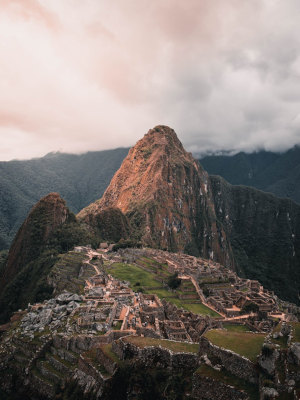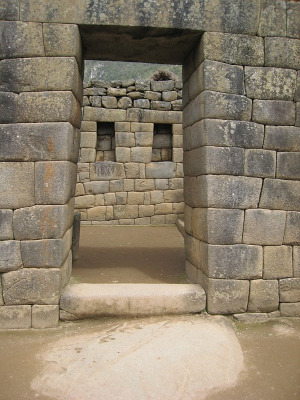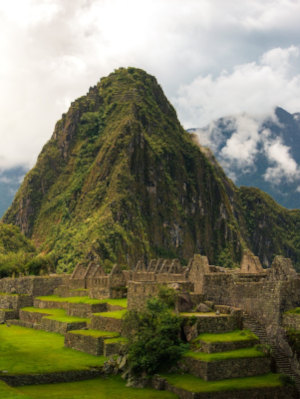Machu Picchu is an ancient Inca site located about 80 km northwest of Cuzco, Peru, in the Cordillera de Vilcabamba of the Andes Mountains. It is located between two sharp peaks, Machu Picchu (“Old Peak”) and Huayna Picchu (“New Peak”), and sits above the Urubamba River valley at a height of 2,350 meters.
It is believed that the German adventurer Augusto Berns may have visited the site in 1867. However, the existence of Machu Picchu was not widely known in the Western world until it was “discovered” in 1911 by Hiram Bingham, a professor from Yale University. Bingham was led to the site by a local resident named Melchor Arteaga, who spoke the Quechua language. Bingham had been searching for Vilcabamba, the “lost city of the Incas,” where the last Inca rulers rebelled against Spanish rule until 1572. He used evidence from his excavations at Machu Picchu in 1912 to support his claim that the site was Vilcabamba. Bingham’s discovery of Machu Picchu was published in National Geographic magazine in April 1913, which made it famous all over the world. However, later evidence linked Vilcabamba to another ruin called Espíritu Pampa, which was also discovered by Bingham.

Machu Picchu is a citadel made of stone without mortar. It consists of palaces, temples, dwellings, and storehouses, serving ceremonial and religious purposes. The site is connected by narrow lanes and pathways, with one sector specifically designated for restricted ceremonial isolation. Additionally, farming was likely practiced on the terraces surrounding Machu Picchu, but additional farming may have taken place in the surrounding hills.

The purpose of Machu Picchu remained a mystery, as there were no historical accounts of its existence. Bingham theorized that it was a convent where women were trained to serve the Inca leader. However, modern research suggests that Machu Picchu was a retreat built by and for the Inca ruler Pachacuti, possibly for elites who wanted to escape city life. Moreover, archaeological evidence indicates that Machu Picchu was not exclusively inhabited by the Inca. People from different regions of the empire, including coastal areas and the highlands, lived and died there. Furthermore, Dr. Johan Reinhard’s research suggests that Machu Picchu was built in the middle of a sacred landscape. Surrounded by the admired Urubamba River and sacred mountains, Machu Picchu was important for the region’s cosmology, hydrology, and geography.
It is highly unlikely that researchers will discover a definitive archaeological clue that reveals the purpose and uses of Machu Picchu. Nevertheless, scientists continue to study the site. Modern scientific advancements, such as the ability to determine the gender of the skeletons found by Bingham, may provide clues about the reasons for its construction, the activities that occurred there, and its eventual abandonment. In addition, a new study led by Yale archaeologist Richard Burger has found that Machu Picchu, the famous Inca site in Peru, is older than previously thought. Using advanced radiocarbon dating, researchers discovered that the site was in use from around A.D. 1420 to A.D. 1530, which is at least 20 years older than what was previously believed. This raises questions about our understanding of Inca history and chronology. The site was built after Pachacuti seized power in A.D. 1438 and conquered the lower Urubamba Valley, where Machu Picchu is located.

In September 2007, Yale University agreed to return some of the artifacts that Bingham took to study during his exploration and research in Peru. These items were placed in the UNSAAC-Yale International Museum for the Study of Machu Picchu and Inca Culture, which opened in Cuzco in 2011. Also, in 2007, the Maccu Piccu was recognized as a modern world wonder through a global poll. This had both positive and negative effects for the people of Cuzco, the former center of the Inca world and the closest city to Machu Picchu. The site is a source of national pride for Peru and a valuable tourist attraction. However, the increase in international interest has led to pollution, the need for hotels and other facilities, and the necessity to protect the previously unknown lost city.
Sources:
https://www.nationalgeographic.com/history/article/machu-picchu-mystery
https://www.britannica.com/topic/World-Heritage-site
https://news.yale.edu/2021/08/04/machu-picchu-older-expected-study-reveals
